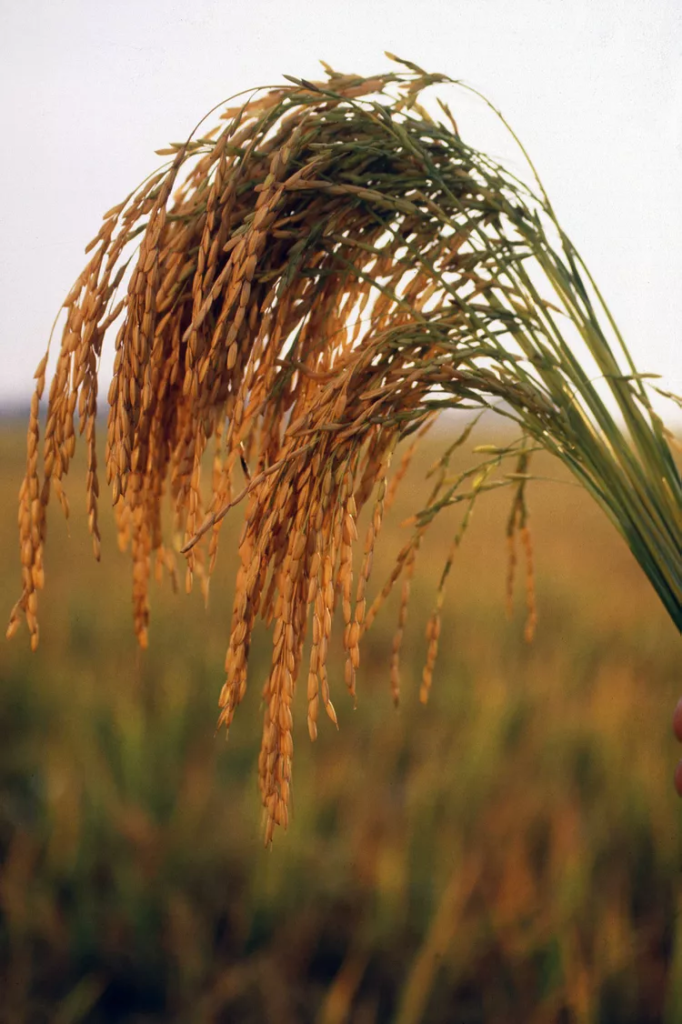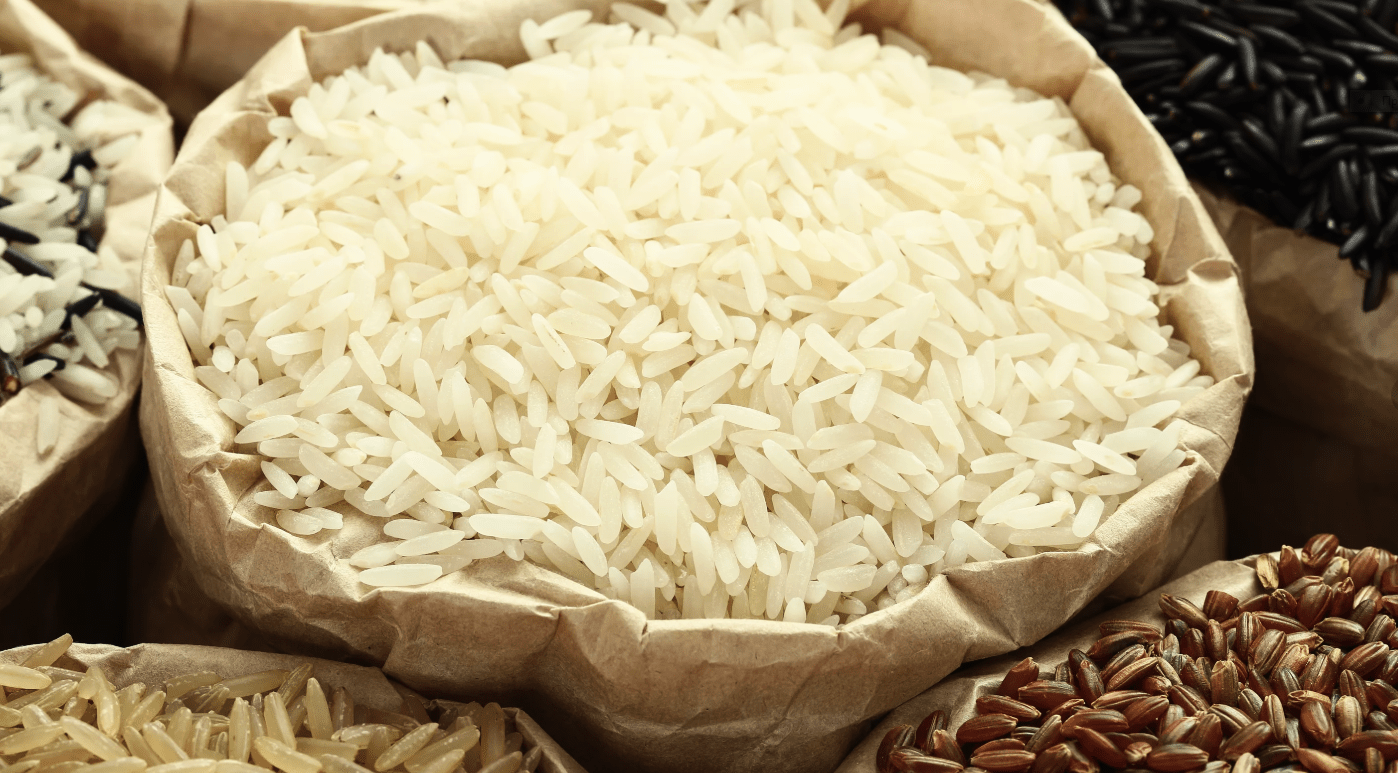Tags
India is playing games with world rice supply, says U.S. industry
There is plenty of rice available for Americans, said the U.S. rice industry on Monday in sharply criticizing India, the world’s largest exporter, for cutting off three-quarters of its overseas shipments.

There is plenty of rice available for Americans, said the U.S. rice industry on Monday in sharply criticizing India, the world’s largest exporter, for cutting off three-quarters of its overseas shipments. “This is another example of India playing games with global food security,” said Bobby Hanks, a Louisiana rice miller and a USA Rice Federation official.
India’s restrictions on exports, announced two weeks ago, were viewed “as a cynical ploy to strengthen their domestic market” while jeopardizing food supplies in countries that rely on Indian rice imports, said the USA Rice Federation, a trade group. The IFPRI think tank says 42 nations, mostly in Africa and Asia, get more than half of their rice imports from India, “a significant share not easily substituted with imports from other large exporting countries.”
The United States is a relatively small producer, forecast to grow 6.4 million tonnes or 1% of the world crop this year, but it usually ranks fourth or fifth among rice exporting nations, with international sales forecast by USDA at 2.5 million tonnes. By contrast, China is the world’s largest rice grower, with harvests of 145-150 million tonnes. India is the No. 2 grower but is responsible for 40% of rice on the world market.
Indian officials said the restrictions on exports of non-basmati rice were intended to calm high domestic rice prices, up by 11% in the past year. However, the announcement prompted incidents of panic buying with some shoppers worried their favorite variety of rice would be unavailable and others fearing that rice would not be available at all.
“If we need more rice for U.S. consumers, we have plenty to meet demand,” said Kirk Satterfield, the Mississippi rice grower who chairs USA Rice. The United States grows all the varieties of rice under restriction by India — and more, he said. “Consumers can buy long-, medium-, or short grain, basmati, jasmine, whatever they want, and it’s from right here in the United States.”
When stockpiles become too large because of the export controls, India “will eventually start dumping (rice) back on the world market at dirt-cheap prices, again wreaking havoc on global markets and good-insecure nations,” said Hanks.
Global rice prices were 15-20% higher than in September 2022 when India announced its export restrictions on July 20, said IFRI. “The new trade restriction threatens already vulnerable global rice markets.” The El Niño weather pattern could also reduce rainfall in Asia and constrain rice output, said IFPRI analysts in a blog. “India has often imposed export control measures during periods of high global prices,” with the 2007-08 and 2010-11 food price crises as examples.
The impact of the newest restrictions was uncertain, said the IFPRI blog. In 2022, India announced export controls on wheat but honored existing contracts and allowed humanitarian sales. If India allows sales of non-basmati rice to continue to neighbors, or if the ban is lifted in the near term, the impact could be limited. “But a “hard” ban could have large implications for countries currently dependent on imports from India.”
U.S. rice production was forecast at 201 million hundredweight this year, up 25% from 2022 due to a recovery from drought in California and larger plantings in the South. The United States exports twice as much rice as it imports.
Most of the world’s rice is consumed where it is grown. About 11% is exported.
https://www.agriculture.com/india-is-playing-games-with-world-rice-supply-says-u-s-industry-7568082Published Date: August 1, 2023







